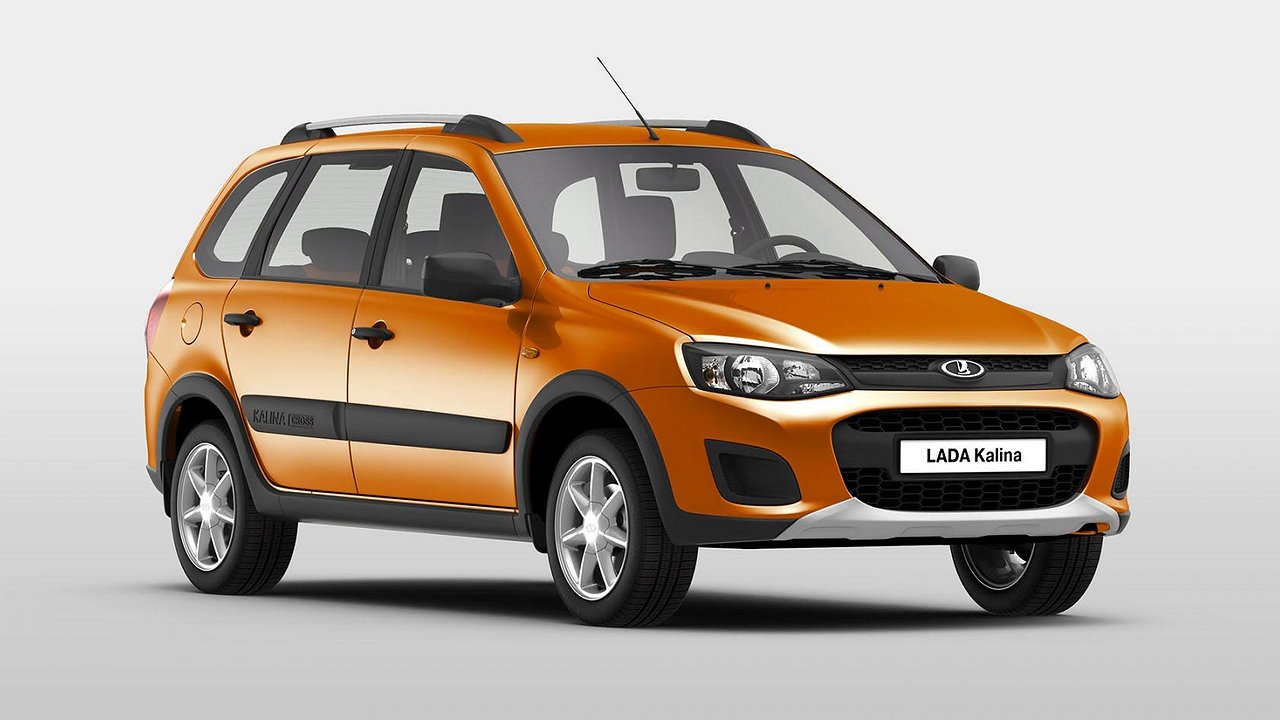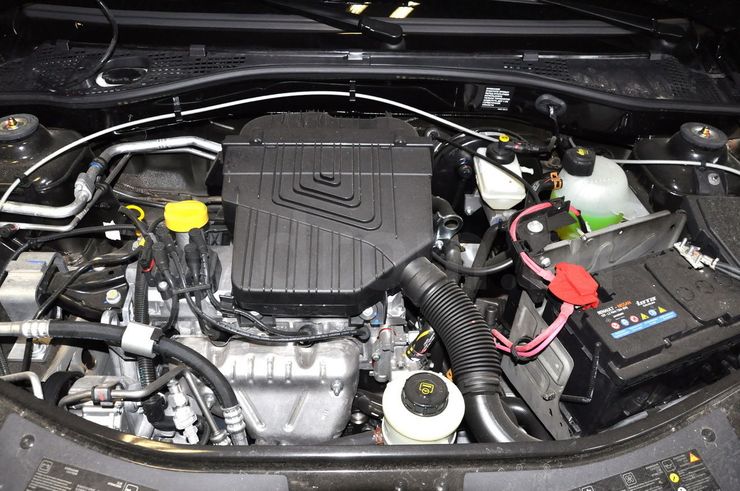“Used” cars are becoming more and more popular, because our citizens don’t have more money. In addition, models with 1.6-liter engines are in great demand. Many of them are reliable, economical and do not spoil the transport load. Many, but not all.
Sometimes engineers “roll out” very resource units. And, as a rule, they have similar technical solutions. With such “hearts” cars can easily travel more than 300,000 km. But what exactly are these engines and on which models can they be found?
Let’s start with the French K7M engine, which can be found under the hoods of bestsellers such as Renault Logan and Sandero. The 8-valve design and low boost (82-87 forces) only provided a huge resource – other cars run 400,000 km without a problem. The cylinder block is made of cast iron, so it is serviceable. Yes, and it is not prone to overheating.
We also note the Korean engine of the G4FC series, which has been used in Hyundai Solaris, Kia Rio and Hyundai Creta since 2010. It has an aluminum block, but with cast iron shells inside. That is, even in the case of serious problems, the cylinders can really be drilled to the repair size. The timing drive is a chain and there is also a phase shifter. With timely maintenance, the “heart” without a “capital” will run out 250,000 km. True, you need to monitor the “health” of the inverter: it is replaced at high mileage.
Maybe someone disagrees with us, but we will still include Togliatti products in the range. Namely, the engines VAZ-21116 and 11186, developing 87 forces. They are almost copies of each other. Since September 2018, recesses in the bottom have appeared in their connecting rod and piston group, and now they are not afraid of a broken timing belt. So, the used “Kalina”, “Grants” and “Datsuns” will still be satisfied with “chewing”.
Of the inflatable units, we highlight the 1.6-liter BMW N13, produced from 2011 to 2016. It was installed on models of the first and third series in F20 and F30 bodies. “Treshki” were often bought by car-sharing companies, and their customers, as you know, do not regret the car. But the chain drive “German” showed itself from the best side – it can be argued that it has no serious problems.
Sometimes engineers “roll out” very resource units. And, as a rule, they have similar technical solutions. With such “hearts” cars can easily travel more than 300,000 km. But what exactly are these engines and on which models can they be found?
Let’s start with the French K7M engine, which can be found under the hoods of bestsellers such as Renault Logan and Sandero. The 8-valve design and low boost (82-87 forces) only provided a huge resource – other cars run 400,000 km without a problem. The cylinder block is made of cast iron, so it is serviceable. Yes, and it is not prone to overheating.
We also note the Korean engine of the G4FC series, which has been used in Hyundai Solaris, Kia Rio and Hyundai Creta since 2010. It has an aluminum block, but with cast iron shells inside. That is, even in the case of serious problems, the cylinders can really be drilled to the repair size. The timing drive is a chain and there is also a phase shifter. With timely maintenance, the “heart” without a “capital” will run 250,000 km. True, you need to monitor the “health” of the inverter: it is replaced at high mileage.
Maybe someone disagrees with us, but we will still include Togliatti products in the range. Namely, the engines VAZ-21116 and 11186, developing 87 forces. They are almost copies of each other. Since September 2018, recesses in the bottom have appeared in their connecting rod and piston group, and now they are not afraid of a broken timing belt. So, the used “Kalina”, “Grants” and “Datsuns” will still be satisfied with “chewing”.
Of the inflatable units, we highlight the 1.6-liter BMW N13, produced from 2011 to 2016. It was installed on models of the first and third series in F20 and F30 bodies. “Treshki” were often bought by car-sharing companies, and their customers, as you know, do not regret the car. But the chain drive “German” showed itself from the best side – it can be argued that it has no serious problems.
Source: Avto Vzglyad
Donald Salinas is an experienced automobile journalist and writer for Div Bracket. He brings his readers the latest news and developments from the world of automobiles, offering a unique and knowledgeable perspective on the latest trends and innovations in the automotive industry.














